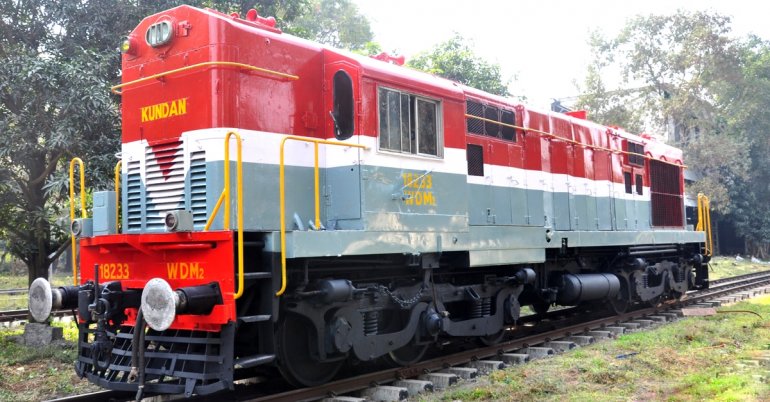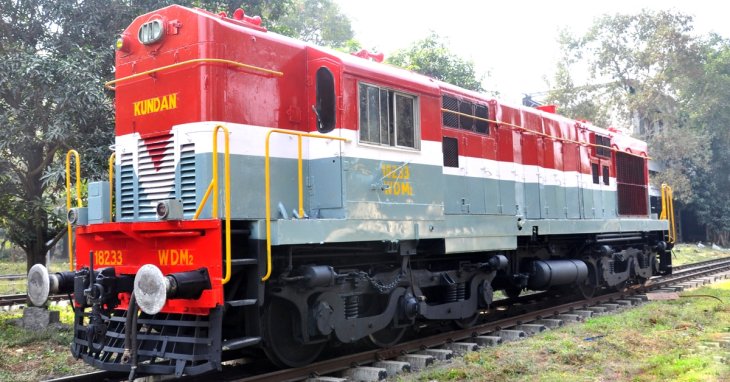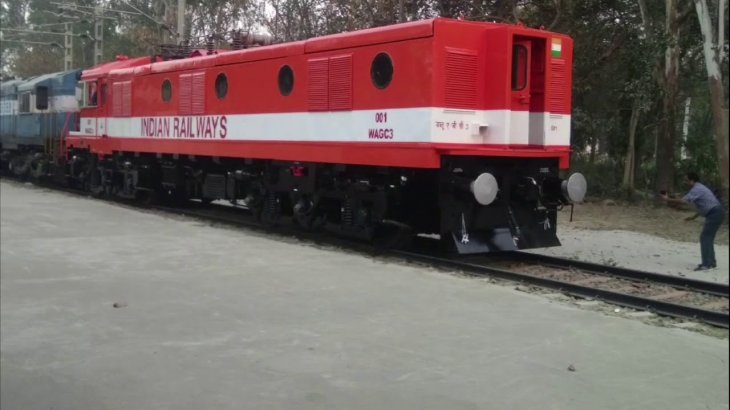Indian Railway Converts Diesel Loco Into Electric Loco, Save 50% Cost And Increase Power By 92%
Dhir Acharya - Dec 10, 2018

India based DLW has successfully converted diesel train locomotive into an electric one, which not only saves 50% cost but also brings about other benefits.
- Delhi Is The World’s Most Polluted Capital City For Three Years In A Row
- Indian Farmers Install High-Tech, Night-Vision CCTV Cameras To Protect Themselves
- Looking For The Best Electric Bike In India 2021? Take A Look At These
Indian Railways has successfully converted a locomotive powered by diesel into a new one using electricity. Diesel Locomotive Works (DLW), owned by Indian Railways, is responsible for this conversion as to follow the mission of complete electrification as well as de-carbonization.
Based in Varanasi, DLW accomplished this mission within a record time of 69 days. The company converted the locomotive during its mid-life rehabilitation, and the conversion save the railways 50 percent cost.

Back in December 2017, on 22, a WDG3-class locomotive became the first one to be converted. On February 28, the railways dispatched the new electric locomotive. Because of this transformation, the power of the train engine has been improved, from 2,600 HP in the old diesel version to 5,000 HP in the new electric locomotive version. A railway’s senior official stated that the previous diesel locomotive was produced with 3,200 HP but in fact performed with only 2,600 HP in reality.
According to the country, no other countries in the world has made such a conversion.
Railways officials explained that converting a diesel locomotive into an electric locomotive costs about Rs 2.5 crore; in contrast, the expenses for rehabilitation of the engine can cost up to Rs 6 crore. Hence, the conversion has reduced the cost by 50 percent.

For each train, the Railways use two locomotives, which deliver a total of 10,000 HP, enough to handle 5,000-ton loads. And reports have indicated that the electric locomotive managed to carry 5,200 ton of goods on its maiden journey. The journey took place on December 3, when the train ran from Varanasi to Ludhiana at the highest speed of 75 kilometers per hour.
This conversion of a train from diesel-powered to electricity-powered is, by Indian Railways, a significant achievement. Not only will this transformation decrease the budget for locomotives, but it will also bring about other advantages such as the considerable fall of carbon emission from locomotives and double efficiency.
Featured Stories

Features - Jul 01, 2025
What Are The Fastest Passenger Vehicles Ever Created?

Features - Jun 25, 2025
Japan Hydrogen Breakthrough: Scientists Crack the Clean Energy Code with...

ICT News - Jun 25, 2025
AI Intimidation Tactics: CEOs Turn Flawed Technology Into Employee Fear Machine

Review - Jun 25, 2025
Windows 11 Problems: Is Microsoft's "Best" OS Actually Getting Worse?

Features - Jun 22, 2025
Telegram Founder Pavel Durov Plans to Split $14 Billion Fortune Among 106 Children

ICT News - Jun 22, 2025
Neuralink Telepathy Chip Enables Quadriplegic Rob Greiner to Control Games with...

Features - Jun 21, 2025
This Over $100 Bottle Has Nothing But Fresh Air Inside

Features - Jun 18, 2025
Best Mobile VPN Apps for Gaming 2025: Complete Guide

Features - Jun 18, 2025
A Math Formula Tells Us How Long Everything Will Live

Features - Jun 16, 2025
Comments
Sort by Newest | Popular